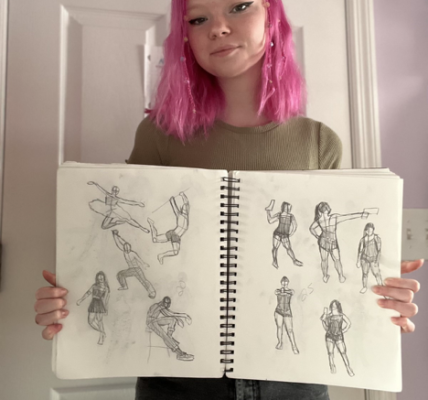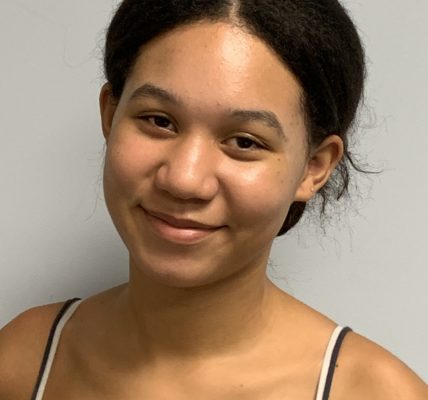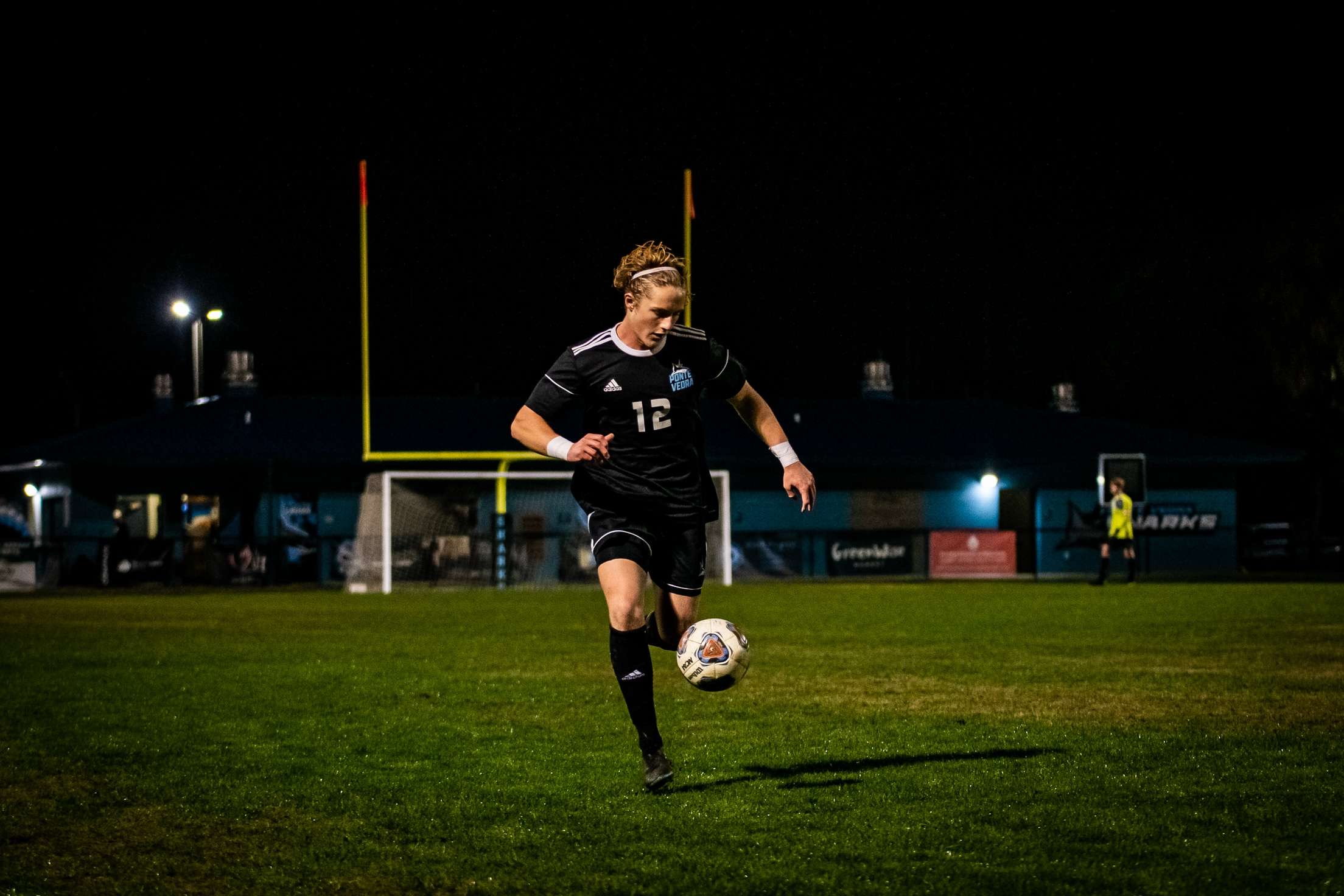By Jasmine Pacheco
Sophia Pepsnik is a sophomore attending Ponte Vedra High School who started cheering as a young girl, and her interest in the sport grew even more since starting high school. Unfortunately, she recently endured an injury to her knee severely affecting her cheerleading.
Pepsnik is currently attending Zone Cheer, where she would normally work on her competitive abilities with her team. However, due to her injury, she is now rarely attending, and goes at most once a week only to sit and watch. Pepsnik is currently in the midst of the strenuous healing process, and is working towards gaining back strength and mobility in her knee.
According to Geisinger.org, “Since many organizations still don’t consider cheerleading as a sport, it doesn’t have to follow consistent safety regulations, which plays a role in the injury rate for cheerleaders. As a result, more than 30,000 cheerleaders go to the hospital for cheerleading related injuries every year.” This source shows how when compared to other sports, the overall number of injuries are low. However, cheerleading injuries are often much more severe, making up to 50-66 percent of catastrophic injuries in female athletes. Pepsnik suffered two large meniscus tears and a full tear on her ACL while training for cheer, which led to having surgery and constant bed rest until healed. This injury occurred while she was at practice and went for a straight right leg kick, when she heard a shift and pop sound in her knee. Pepsnik stated, “This injury hurt me a little since it’s a sport I love, and not being able to do it definitely hurts my mentality especially seeing my team having to change the routine because I can’t be in it. This injury has shown me that anything can be taken away real fast so enjoy it while you can and don’t take anything for granted.”
“I hate that I can’t do the sport I love”
– Pepsnik
In sports, injuries are inevitable. Even when an athlete is in their best physical form and specifically trained to stay fit and active, a single errant step can bend joints and limbs in ways they are not meant to move. With the right recovery and plenty of mental toughness, an athlete can return to being better, faster, and stronger. Pepsnik then remarked, “I hate that I can’t do the sport I love, and it doesn’t really make me feel good knowing that I can’t help in any way physically, but it has given me some free time to focus on more things like school and overall makes me feel a little less stressed. I do wish this had never happened though.” Even with the difficulties an injury may cause, Pepsnik is sure she can overcome any obstacle in her path towards recovery.





